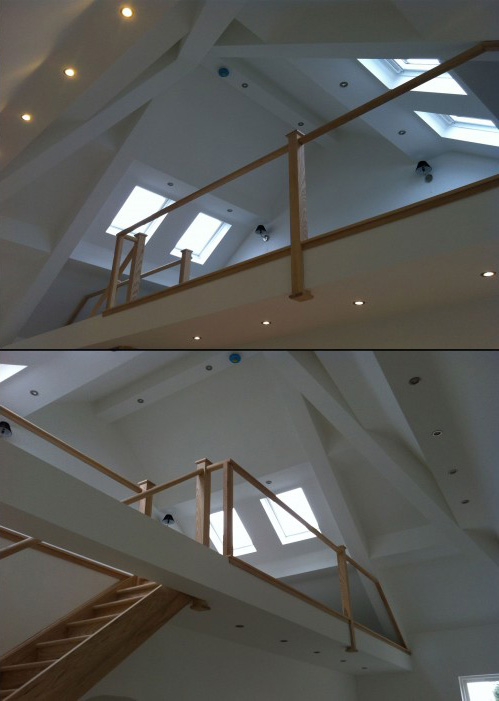Interior plastering may be carried out for numerous reasons, new buildings require a finish to be applied to the new walls, alterations and extensions may be undertaken and old buildings may require major refurbishment.
Ceilings and Walls Reskimmed
The quick solution to this is to have the wall reskimmed. Before reskimming, all wallpaper must fully removed. This is an excellent technique is for covering over old rough walls and gives an excellent smooth clean finish. It has many of the advantages of a traditional plasterboard finish combined with quick turnaround on site.
Plasterboarding
Often if a ceiling is too badly damaged it will need plaster boarding over before it can be Skimmed with plaster.
Dry Lining
The technique of dry-lining involves applying plasterboard to a timber or metal frame, or as a replacement to conventional building practices, where brick or block, or more traditionally lath plaster would be specified. Although this technique is normally used for internal fit out (i.e. constructing internal walls), it can also provide an excellent solution to damp problems and has the added bonus of giving extra insulation to your room. Dry-lining is advantageous in many other ways. Installation is quick and it provides you with the flexibility of being able to change the design and internal shape of rooms in the future.
Dot and Dab
Also known as the direct bond method, this is a process whereby plasterboard is applied to masonry walls using dabs of dry wall adhesive. This technique gives a speedy and professional looking finish whilst also being highly cost effective.


